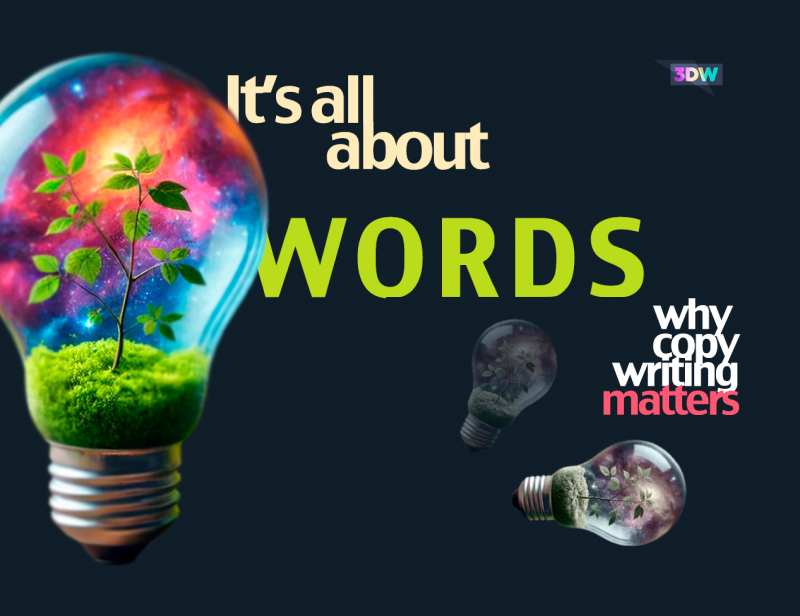What’s the Difference Between a “Home” and a “House”?

Or Why the Words You Write Matter
Without even realizing it, we intuitively perceive every word or sentence, subconsciously painting images in our minds.
That’s why the difference between hearing “home” and “house” in an advertisement lies in our emotions, feelings, and triggers.
Here’s what we consider when creating written content for our clients:
Emotional Impact.
The right words evoke emotions, creating a deeper emotional connection with your audience.
Visual Engagement.
Descriptive language helps your audience imagine the benefits, making a product or service more appealing.
Vivid imagery is easier to remember than plain facts, increasing the likelihood that your message will stick and motivate action.
How do we apply these principles in copywriting?
– Detailed descriptions.
Instead of saying “a nice yard,” we say “a shady yard, perfect for summer barbecues.”
We describe events as if they are happening now, creating a sense of immediacy and capturing the reader’s attention.
We engage all five senses – sight, sound, smell, taste, and touch – in our descriptions to make them richer.
The next time you’re creating an ad, presentation, or even a simple letter, remember that it’s important to “paint” your words so that your clients can visualize, feel, and experience all the benefits of your offering.
For the best results, contact 3DW!
 494
494